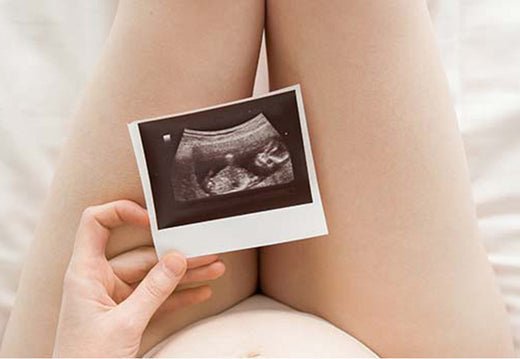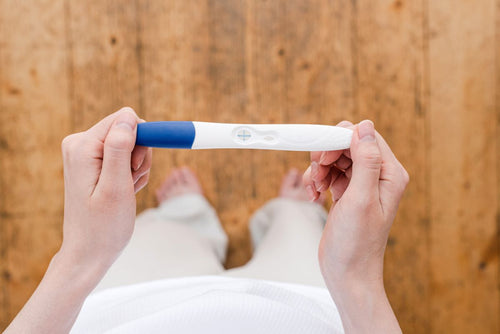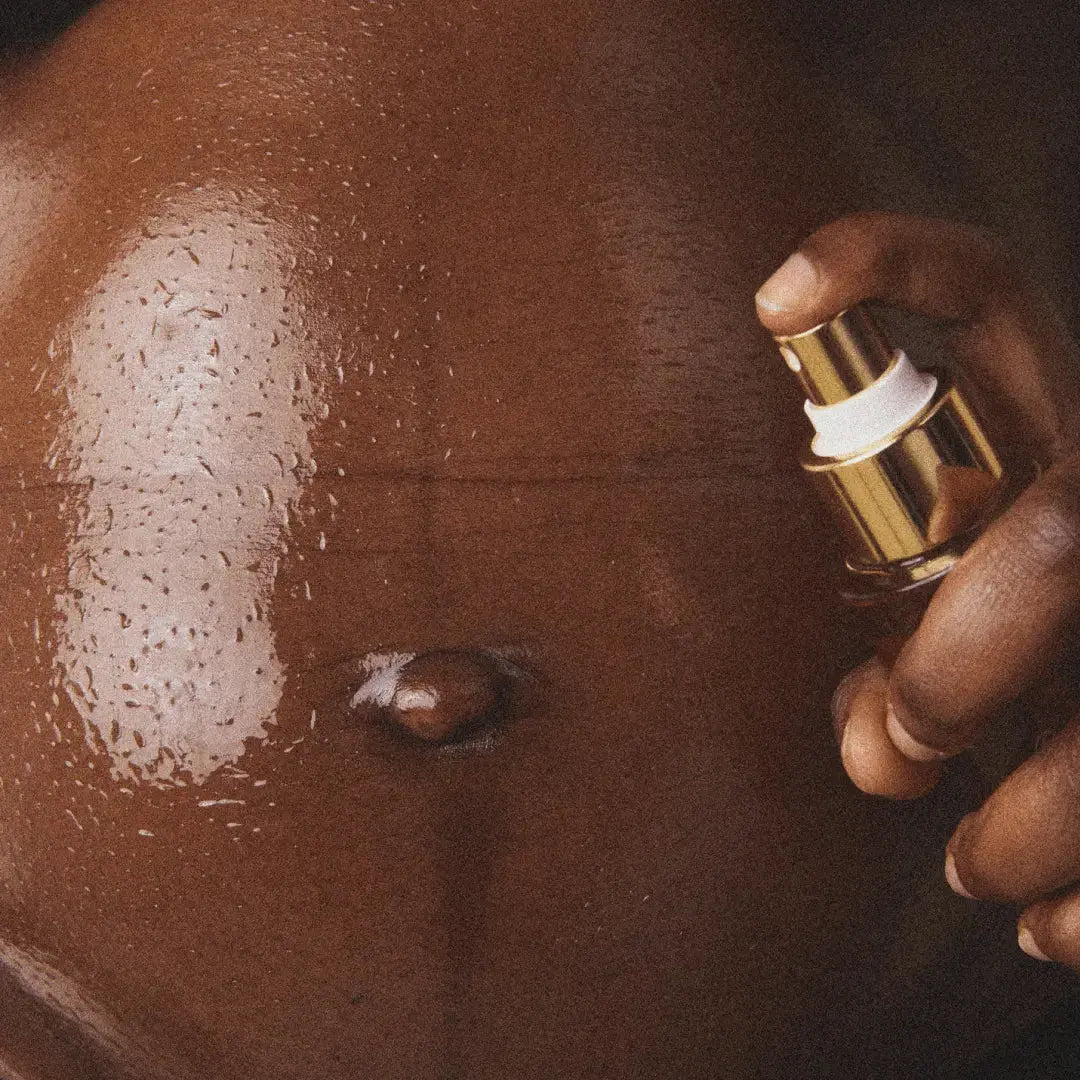Daylily Paris, c’est une marque de soins clean, sensoriels et efficaces, fabriqués en France et 100% compatibles grossesse & allaitement. Nous avons également à coeur de partager des informations de qualité pour une maternité éclairée et décomplexée. 🧡


- Regular price
-
24,90 € - Regular price
-
- Sale price
-
24,90 €
- Pregnancy: how does the dating ultrasound take place?
- When to do a dating ultrasound?
- How does a dating ultrasound work?
- How much does a dating ultrasound cost?
Pregnancy: how does the dating ultrasound take place?
The dating ultrasound is one of the most moving moments of pregnancy. This examination marks the first meeting between the unborn child, the future mother and the future father. But what is it used for exactly? Find out everything you need to know about this exam.
What is dating ultrasound?
In recent days, excellent news has come to fill your home with joy: you are pregnant. Little by little, your belly becomes rounder and you begin to find out about the tests to be carried out during your pregnancy. Among them, the first: the dating ultrasound.
In addition to being an unforgettable moment, it is also of capital importance from an obstetrical point of view. This examination also makes it possible to check the good growth of the unborn child by examining the head, thorax, limbs and different organs.
Administratively, it allows the doctor to establish the declaration of pregnancy. The pregnancy declaration is a document that must be sent to the family insurance fund and social security before the end of the third month. In particular, it allows you to benefit as quickly as possible from coverage of pregnancy costs under maternity insurance.
When to do a dating ultrasound?
The dating ultrasound, even if it is not obligatory, is strongly recommended by the High Authority of Health (HAS) and especially eagerly awaited by future parents. It is carried out before that of the first trimester, and more precisely, after 4 weeks of amenorrhea (AS).
The HAS also recommends the systematic performance of three ultrasound scans :
- in the first trimester : between 11 and 13 weeks + 6 days. This ultrasound is performed with the aim of identifying and characterizing multiple pregnancies, detecting certain malformations and assessing potential risks of chromosomal anomalies. By studying the limbs and different organs of the fetus, it makes it possible to ensure fetal vitality;
- in the second trimester : between 20 and 25 weeks. It is essential to detect malformations that cannot be detected during the first trimester ultrasound;
- in the third trimester : between 30 and 35 weeks. This ultrasound makes it possible to follow the end of the pregnancy, to check for intrauterine growth delays and to locate the placenta in order to have an overview of the possible conditions of childbirth.
If you have unexplained bleeding, a history of multiple pregnancy or ectopic pregnancy, or if you have an irregular cycle, the first dating ultrasound may be ordered between 5 and 9 weeks to clarify the start date of pregnancy. An early dating ultrasound can be requested by couples who have used assisted procreation techniques, such as in vitro fertilization.
How does a dating ultrasound work?
Ultrasound is an imaging technique that uses high-frequency ultrasound waves to produce images of organs, tissues, or blood flows inside the human body. In the context of a pregnancy, it makes it possible to ensure its monitoring. This technique is safe for the baby.
This examination is carried out by an obstetrician-gynecologist, a radiologist in a radiology center or a midwife with an ultrasound diploma. Perfectly painless, it is carried out abdominally. The practitioner places gelled water on the belly of the mother-to-be. The gel helps improve the quality of the image. The doctor moves the probe onto the stomach in order to collect all the images necessary to monitor the pregnancy.

At the time the dating ultrasound is performed, the embryo is only in the 1st phase of its development. The practitioner carries out two important measurements at this stage. The first is that of the cranio-caudal length, that is to say the distance between the top of the head and the bottom of the buttocks. This measurement allows you to accurately date the start of pregnancy to within 3 or 4 days.
The second measurement is nuchal translucency. It refers to the thickness of the fetal neck. This thickness must be less than 3 millimeters. If it is equal to or greater than 3 millimeters, amniocentesis may be offered in order to detect a possible chromosomal anomaly, such as trisomy 21.
Then, during the ultrasound, the practitioner will also check other parameters:
- The morphology of the fetus : this involves ensuring the presence of the four limbs, the bladder, the stomach, the head contours and the contours of the abdominal wall.
- The number of fetuses : the first ultrasound makes it possible to determine whether it is a monochorionic (a single placenta for both fetuses) or bichorionic (one placenta for each of them) or multiple twin pregnancy.
- The vitality of the fetus : although the mother does not yet feel her baby moving, the fetus is already moving its arms and legs. Ultrasound allows you to listen, with emotion, to the baby's heartbeat.
- The ovaries and uterus of the pregnant woman : the first ultrasound also allows us to look for possible malformations or fibroids that could impact the progress of the pregnancy.
And the sex of the child? Many impatient parents hope to find out the sex of the child as quickly as possible. The dating echo generally does not allow us to know whether the parents are expecting a girl or a boy. However, with a little luck, it will be possible to know the sex of the baby on the 1st trimester ultrasound: if the baby is well positioned and if the doctor performing the examination is experienced.

How much does a dating ultrasound cost?
The first ultrasounds carried out before the end of the 5th month of pregnancy are covered at 70%, then from the 6th month of pregnancy, the 3rd ultrasound is 100% covered by Health Insurance. In the event of a pathological pregnancy, other ultrasound scans may be prescribed and covered by Social Security.













































